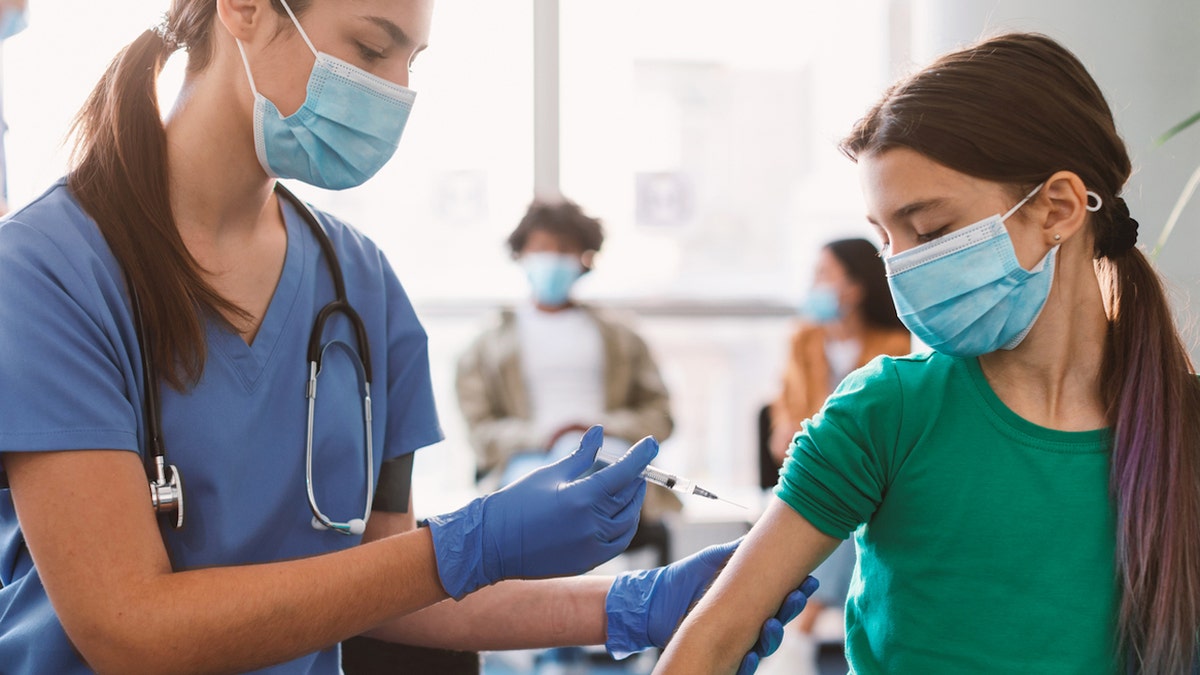Rural hospitals struggle to maintain operations after COVID funds end
Many rural hospitals were at risk of closing before the pandemic, and stayed open with the help of COVID funds.
Cases of the COVID-19 variant Omicron BA.2.86, also known as Pirola, have tripled in two weeks, comprising between 5% and 15% of all infections, according to the Centers for Disease Control and Prevention (CDC).
The COVID-19 variant Omicron BA.2.86 — as well as its offshoots, including JN.1 — has been reclassified as a "variant of interest" by the World Health Organization (WHO).
Despite its prevalence, BA.2.86 "does not appear to be driving increases in infections or hospitalizations in the United States," the CDC stated in its report.
OVER HALF THE PEOPLE WHO GET COVID HAVE LINGERING SYMPTOMS AFTER 3 YEARS, NEW STUDY FINDS
Both the CDC and WHO agree that "the public health risk posed by this variant is low compared with other circulating variants."
The updated COVID-19 vaccines that were approved by the FDA in September are believed to "increase protection against BA.2.86, as they do for other variants," the CDC noted.

Cases of the COVID-19 variant Omicron BA.2.86, also known as Pirola, have tripled in two weeks, comprising between 5% and 15% of all infections, according to the CDC. (iStock)
"To date, existing vaccines have been very effective in protecting people, particularly those who have been boosted multiple times through a vaccine or natural infection, not only from symptomatic infection, but importantly from severe disease, hospitalization and death," said Richard Reithinger, PhD, a distinguished research fellow in the Global Health Division at RTI International in Washington, D.C.
The CDC said it is not clear whether BA.2.86 causes different symptoms — but noted that most variants produce similar effects.
"The types of symptoms and how severe they are usually depend more on a person’s immunity than which variant causes the infection," the statement said.

Despite its prevalence, BA.2.86 (also known as Pirola) "does not appear to be driving increases in infections or hospitalizations in the United States," the CDC stated in its report. (iStock)
The variant is also expected to respond to the current tests and treatments.
Reithinger noted that while the pandemic is officially over, COVID-19 is not a thing of the past.
"A concern of the new BA.2.86 variant was that because it has 35 mutations in the spike protein, it would be able to evade the immune response more readily than other variants that emerged in the last couple of months," he told Fox News Digital.
"Early clinical data does not seem to indicate this being the case."
CLICK HERE TO SIGN UP FOR OUR HEALTH NEWSLETTER
The increase in BA.2.86 cases is due to the U.S. entering the "COVID-19 season" and also a sufficient number of people having developed non-BA.2.86 immunity, according to the doctor.
Outside of vaccines, Reithinger recommends that high-risk groups adopt risk-mitigating behaviors, including wearing masks, frequently washing hands and avoiding crowded environments.

The updated COVID-19 vaccines that were approved by the FDA in September are believed to "increase protection against BA.2.86, as they do for other variants," the CDC noted. (iStock)
"People — particularly those with greater risk of infection and severe disease — should continue to be sensitized and vigilant about COVID-19 and the disease it may cause," he told Fox News Digital.
"People who are at greater risk of infection and severe disease should consult with their physicians about whether they should be administered one of the currently available boosters," he added.
CLICK HERE TO GET THE FOX NEWS APP
Those at highest risk include people older than 60 years, the immunocompromised, those with comorbidities such as asthma and diabetes, and people working in high-risk-of-exposure employment, such as the service industry, Reithinger noted.









































